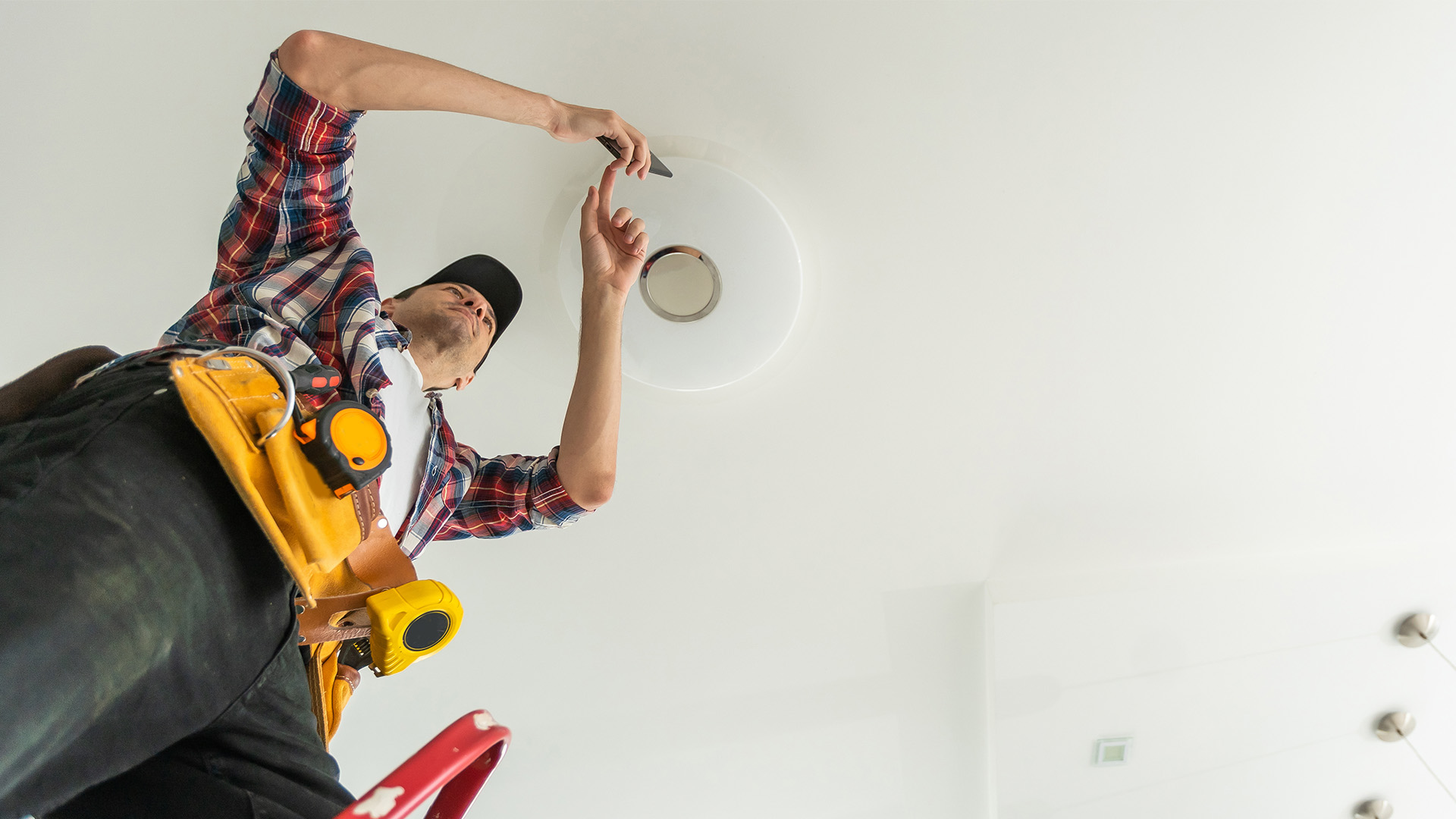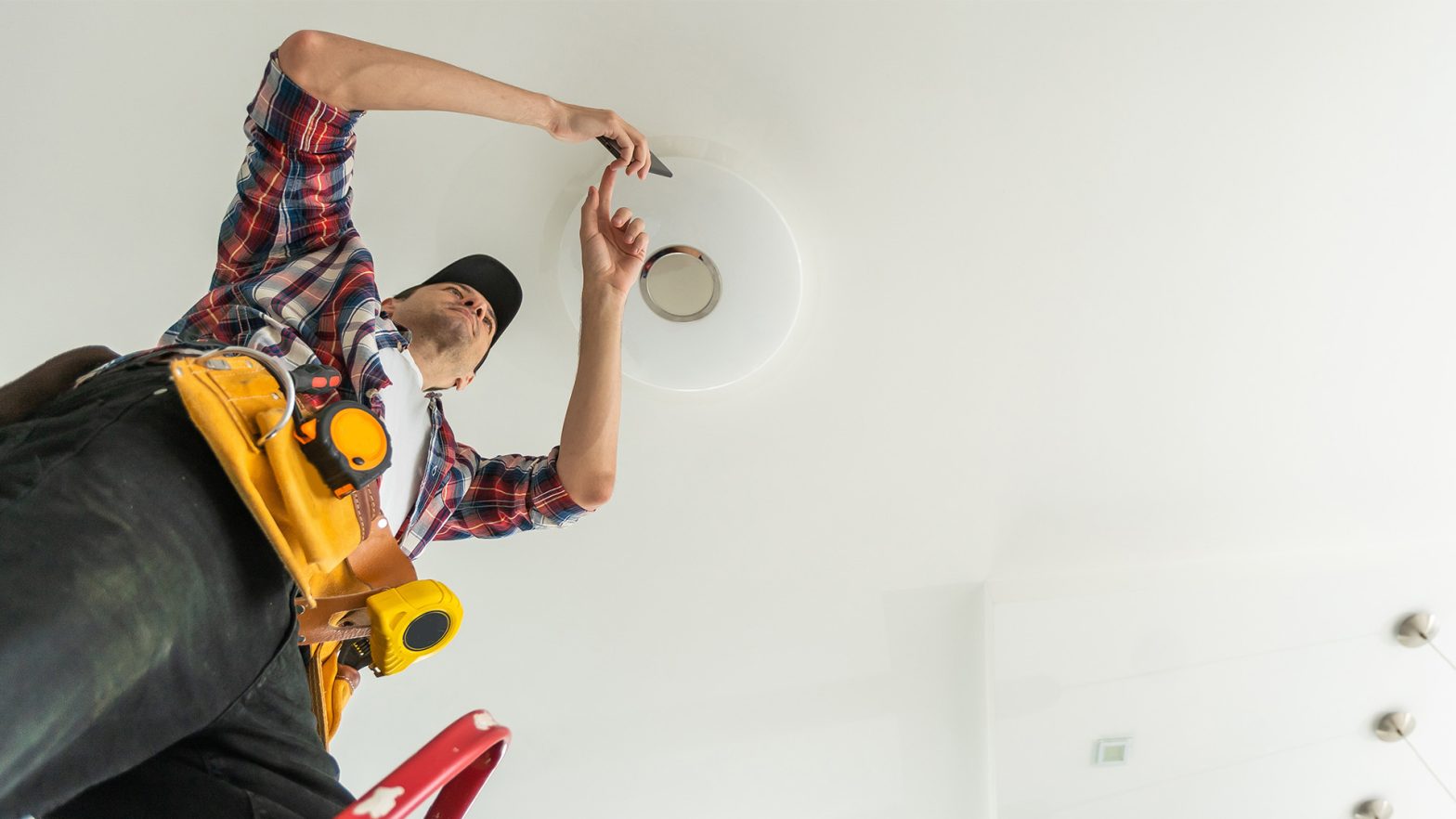
DIY offers homeowners the chance to put their own stamp on their property, however hazardous materials like asbestos, can turn your DIY project into a nightmare if tampered with.
Asbestos is a hidden killer that is responsible for 5,000 deaths a year1. Despite now being banned in the UK, asbestos can still be commonly found in homes and other buildings built years before restrictions were put in place.
To ensure health and safety is always front and centre, Catherine Hickabottom, Learning and Development Quality and Process Manager at online asbestos awareness course provider, High Speed Training, has explained some of the most commonly encountered hazardous materials to look out for to try to avoid any health risks.
1. Asbestos
With searches for asbestos at a five year high2, people are aware of the risks posed by asbestos, but it’s important to fully understand how dangerous the material can be, and how best to deal with it. Asbestos was commonly used between the 1950’s and 1980’s, although it was only banned in the UK in 1999, so it could be present in any homes built during that time.
Catherine says: “Asbestos can pose such a big problem, that if it’s revealed in surveys before you buy a house you might want to reconsider the purchase. Removing asbestos safely can cost thousands, so it’s important to be aware of what asbestos removal might entail. It is not recommended that you remove asbestos yourself – the safest way is to call in qualified professionals to remove it for you.
“There are three main types of asbestos used in construction, which are white asbestos (crysotile), brown asbestos (amosite) and blue asbestos (crocidolite). It can commonly be found on roofs and mixed in with cement. It cannot always be easy to tell if asbestos has been used, but if you find anything suspicious you should arrange to get the material tested.
“The good news is that asbestos is not harmful if it is in good condition and undisturbed. If you are aware of the presence of the material and it is in good condition, but you don’t plan on moving it, then it’s safe to leave it in place. However, if your DIY work will involve damaging or removing asbestos, then it will need to be handled by professionals.”
2. Wood dust
All dust created by DIY work can pose a health risk if inhaled, but wood dust in particular poses a huge, and sometimes overlooked threat.
Catherine shares: “Classified as a group 1 carcinogen, known to potentially cause cancer in humans, wood dust can pose a significant health risk if you’re not correctly prepared.
“If your project is likely to generate wood dust, such as sanding or using wood saws, you need to ensure that you’re doing it either outside, or ventilate the area as well as possible.
“You should also ensure that you’re wearing all of the necessary PPE, including a breathing mask and goggles. You should also take regular breaks and make sure that nobody accesses your work area without PPE whilst the work is ongoing.”
3. Lead paint
Lead paint has been uncommon since the 1960’s, but was still used up until 1992 in historic buildings. Whilst it’s unlikely you’ll find it in your home, it’s possible that you might find small amounts if you’re renovating an older building.
Catherine explains: “It’s not common to find lead paint these days, but in older properties which have not been renovated for years, it may still be found in small amounts. Lead is highly toxic, and can cause lead poisoning, particularly as it deteriorates or when it is disturbed.
“When stripping the paint, minimise sanding or using techniques that will generate dust, and avoid using heat guns, which will generate lead fumes. Instead, use wet abrasive paper and a suitable paint stripper. Whilst you’re working, you should also make sure that you wear protective clothing and masks, seal off and ventilate the area as much as possible, and keep anyone not involved in the work away from the area.”
4. Masonry dust
Knocking down walls is a common task during home improvement, but it comes with a wide array of hazards that you’ll need to be aware of and prepare for.
Catherine states: “Whilst knocking down the wall itself, you’ll need to make sure that you’re wearing appropriate PPE, including safety glasses, a mask and head protection. This process will create large amounts of dust that is hazardous to inhale, so you’ll also need to make sure that other people do not enter the workspace without full PPE.
“However, before you get started with the demolition, the first thing you need to do is assess whether the wall is load bearing and essential for structural integrity. If it is, then you’ll need to take measures to reinforce the room where the wall used to be. Unless you’re experienced, it’s best to involve professional tradespeople in this situation.”



























